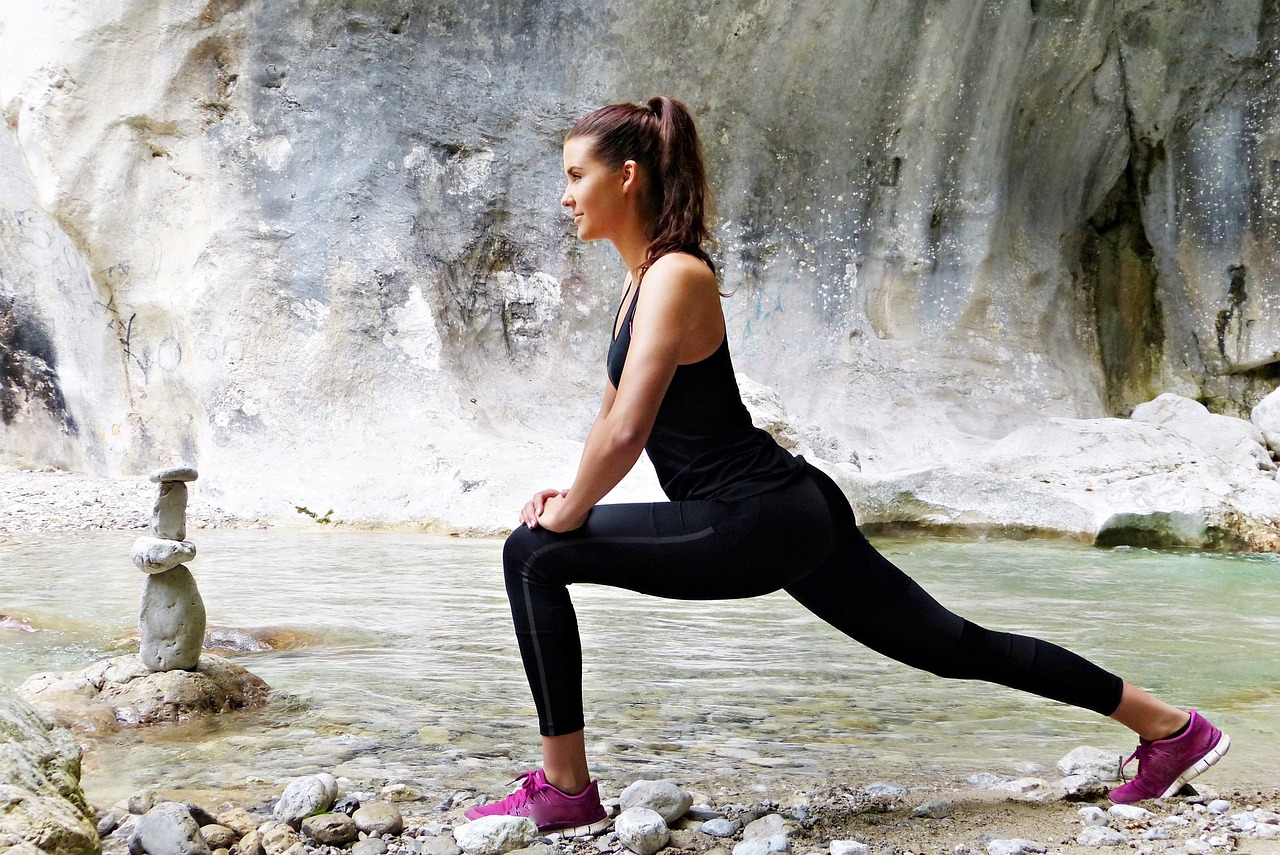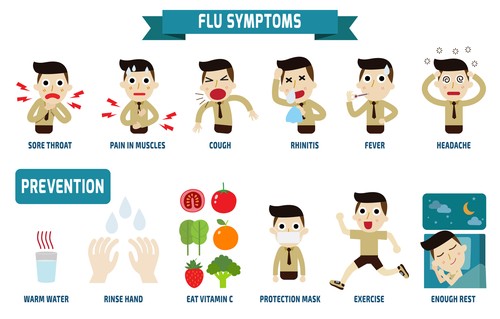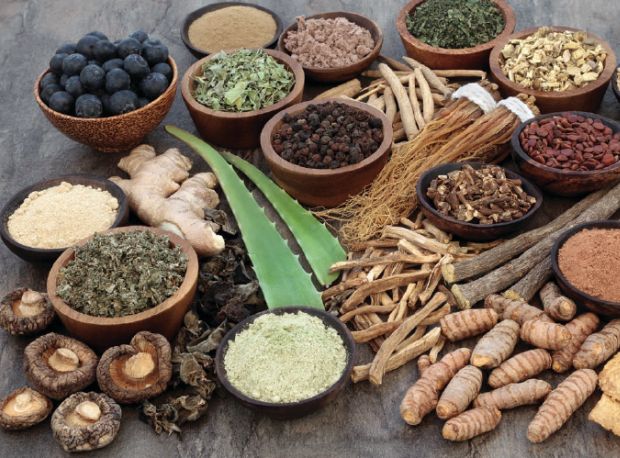Diabetes mellitus, often known simply as diabetes, is a group of common endocrine diseases characterized by sustained high blood sugar levels. It is due to either the pancreas not producing enough insulin, or the cells of the body becoming unresponsive to the hormone’s effects. Classic symptoms include thirst, polyuria, weight loss, and blurred vision. If left untreated, the disease can lead to various health complications, including disorders of the cardiovascular system, eye, kidney, and nerves. Untreated or poorly treated diabetes accounts for approximately 1.5 million deaths every year.

overview
The major types of diabetes are type 1 and type 2, though other forms also exist. The most common treatment for type 1 is insulin replacement therapy (insulin injections), while anti-diabetic medications (such as metformin and semaglutide) and lifestyle modifications can be used to manage type 2. Gestational diabetes, a form that arises during pregnancy in some women, normally resolves shortly after delivery.
Signs and symptoms
he classic symptoms of untreated diabetes are polyuria, thirst, and weight loss. Several other non-specific signs and symptoms may also occur, including fatigue, blurred vision, and genital itchiness due to Candida infection. About half of affected individuals may also be asymptomatic. Type 1 presents abruptly following a pre-clinical phase, while type 2 has a more insidious onset; patients may remain asymptomatic for many years.
Diabetic ketoacidosis is an medical emergency that occurs most commonly in type 1, but may also occur in type 2 if it has been longstanding or if the individual has significant β-cell dysfunction.
Diagnosis of diabetes

Diabetes mellitus is diagnosed with a test for the glucose content in the blood, and is diagnosed by demonstrating any one of the following:
- Fasting plasma glucose level ≥ 7.0 mmol/L (126 mg/dL). For this test, blood is taken after a period of fasting, i.e. in the morning before breakfast, after the patient had sufficient time to fast overnight.
- Plasma glucose ≥ 11.1 mmol/L (200 mg/dL) two hours after a 75 gram oral glucose load as in a glucose tolerance test (OGTT)
- Symptoms of high blood sugar and plasma glucose ≥ 11.1 mmol/L (200 mg/dL) either while fasting or not fasting
- Glycated hemoglobin (HbA1C) ≥ 48 mmol/mol (≥ 6.5 DCCT %).
Prevention and Management
The relationship between type 2 diabetes and the main modifiable risk factors (excess weight, unhealthy diet, physical inactivity and tobacco use) is similar in all regions of the world. There is growing evidence that the underlying determinants of diabetes are a reflection of the major forces driving social, economic and cultural change: globalization, urbanization, population aging, and the general health policy environment.
Diabetes management concentrates on keeping blood sugar levels close to normal, without causing low blood sugar. This can usually be accomplished with dietary changes, exercise, weight loss, and use of appropriate medications Learning about the disease and actively participating in the treatment is important, since complications are far less common and less severe in people who have well-managed blood sugar levels. The goal of treatment is an A1C level below 7%. Attention is also paid to other health problems that may accelerate the negative effects of diabetes. These include smoking, high blood pressure, metabolic syndrome obesity, and lack of regular exercise.

Lifestyle
People with diabetes can benefit from education about the disease and treatment, dietary changes, and exercise, with the goal of keeping both short-term and long-term blood glucose levels within acceptable bounds. In addition, given the associated higher risks of cardiovascular disease, lifestyle modifications are recommended to control blood pressure.
Weight loss can prevent progression from prediabetes to diabetes type 2, decrease the risk of cardiovascular disease, or result in a partial remission in people with diabetes. No single dietary pattern is best for all people with it. Healthy dietary patterns, such as the Mediterranean diet, low-carbohydrate diet, or DASH diet, are often recommended, although evidence does not support one over the others. According to the ADA, “reducing overall carbohydrate intake for individuals with diabetes has demonstrated the most evidence for improving glycemia”, and for individuals with type 2 who cannot meet the glycemic targets or where reducing anti-glycemic medications is a priority, low or very-low carbohydrate diets are a viable approach. For overweight people with type 2 , any diet that achieves weight loss is effective.











